It was a major blow to Russia’s space ambitions. Roscosmos said that according to an “initial analysis,” Luna 25 “moved into an unplanned orbit” before the collision.
The cause of the collision is still unknown.
A special commission will investigate the collision of the Luna 25 spacecraft, the agency said.
The information was released a day after the Luna 25 spacecraft reported an “emergency” as it attempted to move into orbit before landing, Roscosmos said.
“During the mission, an emergency occurred on the automated station, which prevented the movement procedure from being carried out according to the predetermined parameters,” Roscosmos said in a Telegram post on Sunday.
The spacecraft is expected to complete Russia's first lunar mission in 47 years. Previously, on August 18, 1976, Russia's Luna 24 spacecraft landed on the lunar surface.
Luna 25 launched from Vostochny Cosmodrome in Amur Oblast, Russia on August 10 to begin its short journey to the moon.
Decades of planning
Also known as Luna-Glob-Lander, Luna 25 is part of a mission to the moon to study the composition of lunar soil and the moon's extremely thin atmosphere, or exosphere, for a year.
The mission's trajectory allows Luna 25 to pass close to India's Chandrayaan-3 spacecraft, which launched in mid-July.
Both lunar landers are scheduled to land on the moon's south pole.
Much of the interest in this area stems from the fact that it is the least explored area on the moon. This geographical area is also where scientists believe water is stored on the lunar surface in the form of ice, in cracks that are shielded from sunlight.
However, the comments about Russia and India racing to the lunar south pole are not entirely accurate, according to astrophysicist Jonathan McDowell, a researcher at the Harvard & Smithsonian Center for Astrophysics. He said that both projects have been planned for more than a decade.
According to the original plan, Roscosmos and the European Space Agency ESA were expected to cooperate on the Luna 25 mission, as well as the Luna 26, 27 spacecraft and the ExoMars rover.
However, this cooperation ended in April 2022 after Russia launched a "special military operation" in Ukraine, and the ESA Council decided to "terminate cooperation with Russia".
Luna 25 carries eight scientific instruments, including several spectrometers. One is expected to be used to study lunar soil and another to detect water on the surface.
Meanwhile, India's Chandrayaan-3 mission consists of a lander, a propulsion module and a rover - exploration capabilities that Russia does not have. This small, autonomous vehicle can move around the lunar surface.
Chandrayaan-3 could be the country's first successful lunar landing mission. India's last mission ended in failure after Chandrayaan-2 crashed while landing on the moon's surface in September 2019.
Chandrayaan-3 is scheduled to perform its landing procedure on Wednesday, August 23.
Russia's Space Program's Bet
Luna 25 is expected to be a demonstration of the future of Roscosmos's robotic lunar exploration missions. Many future Luna spacecraft are expected to be designed similarly.
If successful, Luna 25 would mark a major step forward for the country's civilian space program - an industry that scientists say has been plagued by problems for decades - and show it can still carry out high-stakes, high-risk missions.
“They have a lot of problems with quality control, corruption and finding funding,” said Victoria Samson, president of the Washington office of the Secure World Foundation, a nonprofit that promotes peaceful space exploration, in an interview on Friday.
News that Russian agencies are having problems with their spacecraft has received much sympathy from the space community.
Thomas Zurbuchen, former chief scientist of NASA, in a social media post asserted that no one in the industry “wants bad things to happen to other explorers.”
“We need to be reminded that landing successfully on the surface of other celestial bodies is not easy or straightforward,” he wrote in a post on X, the social networking site formerly known as Twitter. “The fact that others succeeded decades ago does not guarantee success for missions today.”
Nguyen Quang Minh (according to CNN)
Source



![[Photo] Prime Minister Pham Minh Chinh chairs meeting on science and technology development](https://vphoto.vietnam.vn/thumb/1200x675/vietnam/resource/IMAGE/2025/5/17/ae80dd74c384439789b12013c738a045)
![[Photo] More than 17,000 candidates participate in the 2025 SPT Competency Assessment Test of Hanoi National University of Education](https://vphoto.vietnam.vn/thumb/1200x675/vietnam/resource/IMAGE/2025/5/17/e538d9a1636c407cbb211b314e6303fd)
![[Photo] Readers line up to visit the photo exhibition and receive a special publication commemorating the 135th birthday of President Ho Chi Minh at Nhan Dan Newspaper](https://vphoto.vietnam.vn/thumb/1200x675/vietnam/resource/IMAGE/2025/5/17/85b3197fc6bd43e6a9ee4db15101005b)


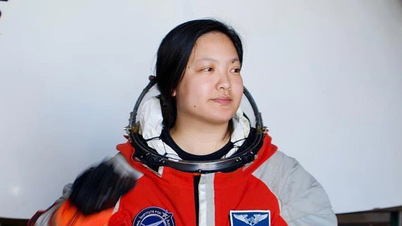






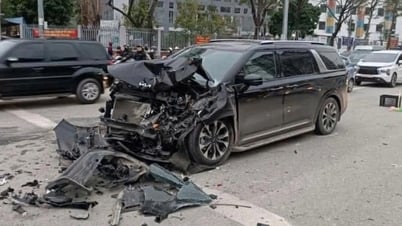


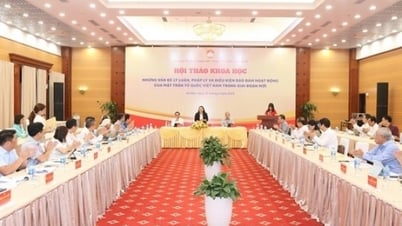


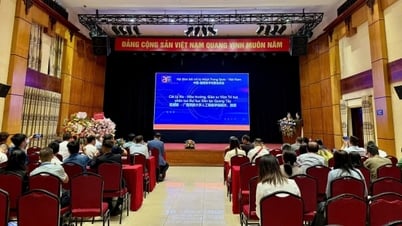
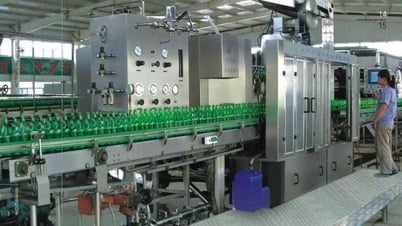







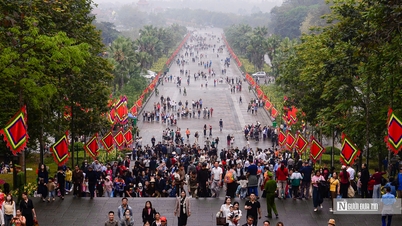




![[Photo] Nearly 3,000 students moved by stories about soldiers](https://vphoto.vietnam.vn/thumb/1200x675/vietnam/resource/IMAGE/2025/5/17/21da57c8241e42438b423eaa37215e0e)
























































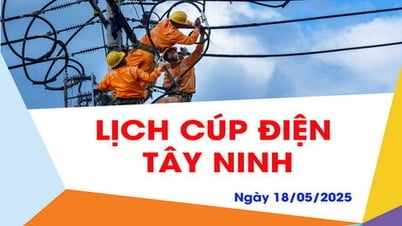














Comment (0)